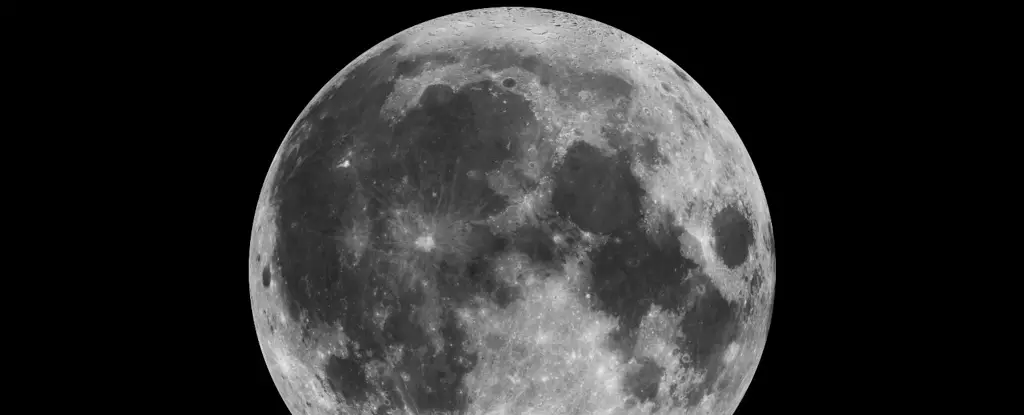The recent skies above Earth are set to feature an intriguing spectacle: a ‘mini-moon’ named 2024 PT5. This temporary natural satellite, measuring approximately 10 meters (33 feet) in diameter, will grace our orbit for approximately 56.6 days starting from September 29, 2024. However, this brief cosmic encounter is not a first-time event; the asteroid has visited before and will likely return in the future. As we prepare to welcome this small yet fascinating object, it’s essential to explore its origins, trajectory, and significance in the grander context of our planet’s relationship with near-Earth objects.
Discovered only a month prior to its expected arrival, this small asteroid was identified by the Asteroid Terrestrial-impact Last Alert System (ATLAS). Understanding its unusual path through space, astronomers have projected that 2024 PT5 will temporarily become a satellite of Earth, completing one full orbit before departing back into the solar system on November 25, 2024. This cycle epitomizes the dynamic interactions between Earth and celestial bodies.
Following its short stint in our orbit, 2024 PT5 will make a fleeting visit back to Earth’s vicinity on January 9, 2025, at a distance of approximately 1.8 million kilometers (1.1 million miles). But this won’t mark its final exit; the asteroid is predicted to return again on November 8, 2055, albeit at a more distant approach of about 5.2 million kilometers (3.3 million miles). Such repeat encounters illuminate the ongoing dance between Earth and numerous small objects residing within our solar neighborhood.
The Characteristics of 2024 PT5
A noteworthy aspect of 2024 PT5’s journey is its classification within a group of near-Earth objects known as the Arjunas. These objects share orbital characteristics with Earth, making it unlikely that 2024 PT5 originated as a piece of man-made debris. The assessment of its orbital trajectory is significant, as it minimizes the potential risks of cosmic debris, giving astronomers a clearer view of our planet’s interaction with natural objects.
Through careful observations, researchers have traced the history of 2024 PT5 up to 60 years into the past. Indeed, the evidence suggests a gradual close-encounter history, with earlier visits to Earth’s proximity occurring in April 1982, February 2003, and March 1960. While these passes occurred at respectable distances, the last confirmed close visit within a million kilometers took place in 1937. Such records emphasize the importance of tracking asteroids, not only to gather information on their movements but also to better understand their historical interactions with Earth.
Earth has not only been a passive observer of asteroids, but it has also been host to several mini-moons over the years. A notable example occurred in 2020 when a small rock approximately 3.5 meters (11.5 feet) wide orbited our planet for three years before breaking free. This raises questions about the moon-like bodies that may temporarily share our orbit and highlights the transient nature of such celestial encounters.
Additionally, global attention was drawn to a unique type of mini-moon, discovered in 2016, characterized as a ‘quasi-satellite.’ Essentially, this object was still orbiting the Sun but was caught in Earth’s gravitational pull, trailing behind for nearly a century. Such findings underline the complex gravitational dances that play out among celestial bodies, leading to diverse and fascinating co-orbital relationships.
The arrival of 2024 PT5 serves as an engaging reminder of our planet’s place within an ever-expanding universe. As our cosmic companion approaches, it invites curiosity about the multitude of similar objects that share our space, some merely passing by and others becoming temporary residents. This unique cosmic opportunity helps to foster public interest in space science and highlights the importance of ongoing celestial monitoring efforts.
Ultimately, as we anticipate the mini-moon’s visit, we are reminded of the significance of our connection with the cosmos. Each fleeting encounter, such as that with 2024 PT5, enriches our understanding of the intricate relationships between Earth and the myriad of celestial bodies in our solar system, urging both scientists and the general public to maintain a vigilant gaze skyward.



Leave a Reply